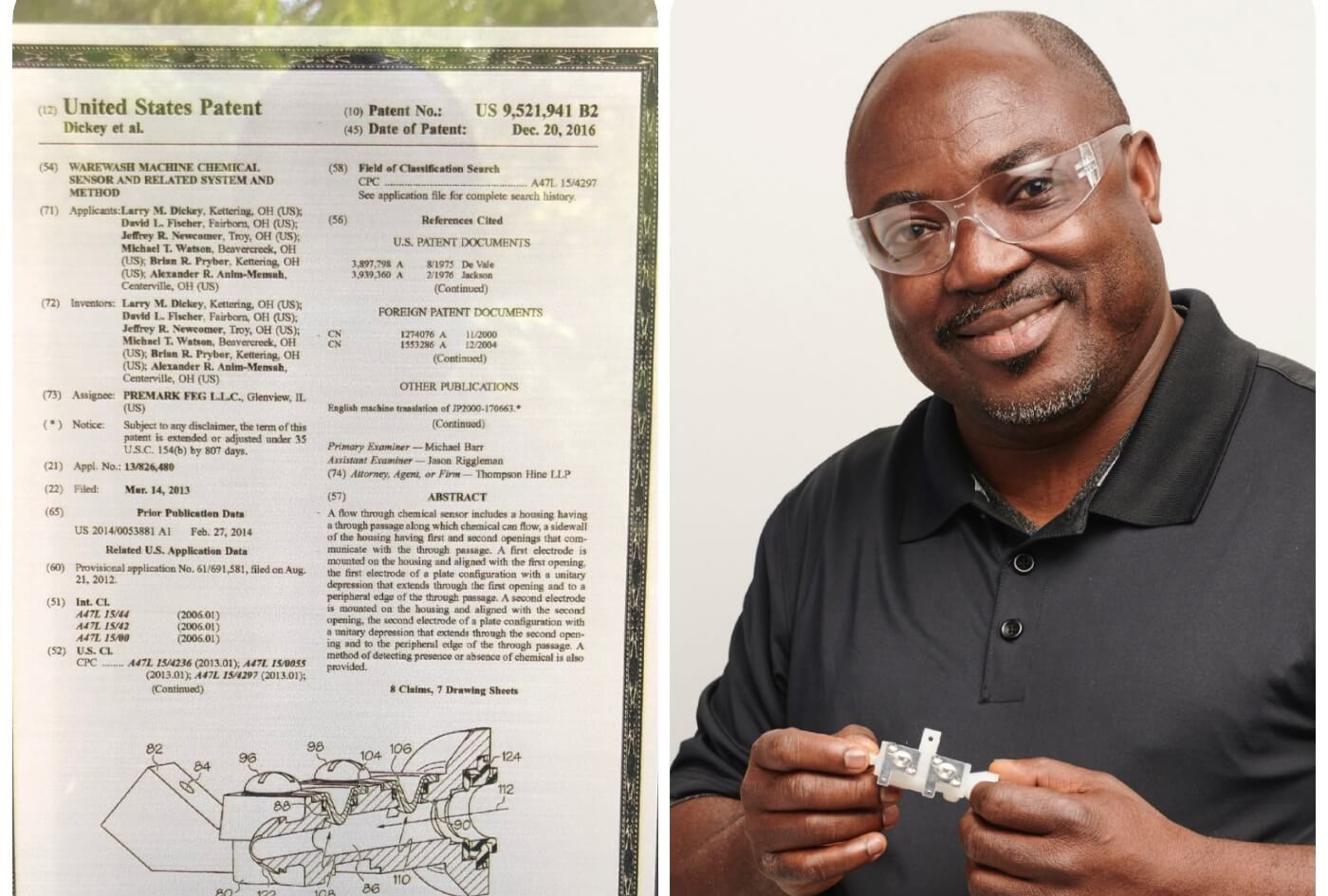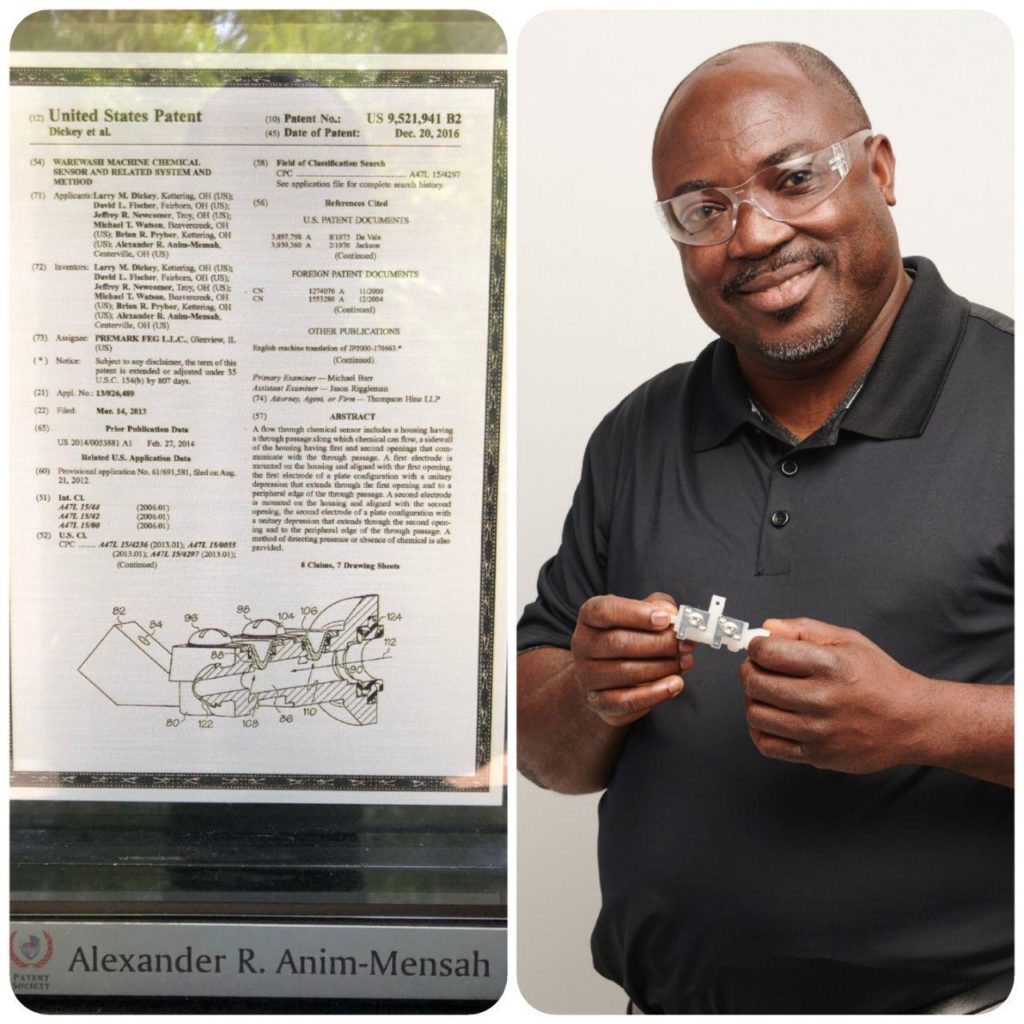Some Basics on Intellectual Property (IP) to Position Africans to Tap AfCFTA IP Opportunities

The below article was originally published in the December 2020 Issue 10 Newsletter of the African Membrane Society (AMSIC)
Intellectual Property (IP) has several benefits, and it is important for Africans to have an idea of what it entails because it forms part of the Phase II negotiations establishing the African Continental Free Trade Agreement (AfCFTA). IP provides an avenue to gain knowledge in order to seize opportunities and/or manage any risk.
Some of the issues facing African inventors/creators, innovators, and entrepreneurs in the IP space include the lack of education and/or awareness; also, IP laws are more often not enforced, hence, their benefits do not materialize which in turn cut short interests. In other instances, there is the lack of harmonization among the multi-IP systems across the continent. There is also the lack of robust structure and supporting institutions, fewer people to help with the process and cost and unaffordability.
In the subsequent paragraphs, I will share some basics as well as some importance of IPs and how adopting them properly could work to one’s advantage on how to secure ideas into businesses, position businesses competitively and support to drive innovations to grow more industries across the African continent.
The World Intellectual Property Organization (WIPO) refers to Intellectual Property (IP) as “creations of the mind, such as inventions; literary and artistic works; designs; and symbols, names and images used in commerce”. Also, WIPO cites that “IP is protected in law by, for example, Patents, Copyright & Trademarks, which enable people to earn recognition or financial benefit from what they invent or create”. WIPO goes on to include Trade Secret, Industrial Designs, and Geographical indication as types of IP. Moreover, WIPO goes on to add that “by striking the right balance between the interests of innovators and the wider public interest, the IP system aims to foster an environment in which creativity and innovation can flourish.”
In my view, patents, copyright, trademarks, and trade secret are known across the continent, however, their details may not be very well-known or understood by a greater number of the population. In basic terms, patents protect inventions such as function or ornamental features, whereas, copyright protects authorship such as literary works (i.e., book, novel, poems, plays, newspaper articles, etc.); movies, music, choreography; work of arts (i.e., sculpture, paintings, drawings, films, photographs, etc.), technical drawings, maps, computer programs, databases, advertisement, architecture, etc. Trademark like service mark protects brands. Trademark identifies the sources of goods or products and distinguishes the different sources. It is a brand for goods and products that includes color, taste, or smell while service mark is a brand for services and identifies sources of services such as landscaping or accounting services. Trade secrets protect valuable information such as a secret recipe, manufacturing processes, technology, product design, marketing strategy, pricing information, etc. Note that trade secrets when in the wrong hands could be sold or licensed to competitors, hence, taking away one’s competitive advantage. This is the reason why one should take the necessary measure to secure trade secrets.

WIPO defines a patent as “an exclusive right granted for an invention, which is a product or a process that provides, in general, a new way of doing something, or offers a new technical solution to a problem. To get a patent, technical information about the invention must be disclosed to the public in a patent application.”
Comparatively, patents are the strongest forms of Intellectual Property (IP). They are short lived, most expensive to apply, hard to get and make the most money. Patent has four (4) common types, namely, utility patent, design patent, plant patent and utility model also known as innovation patent, minor patent, or petty patent. In my view, both utility and design patents are the commonest of the four (4). Also, utility patent is the most beneficial, prevalent, makes the most money, cost the most money and efforts to apply as well as harder to get compared with the rest of the patents.
Specifically, utility patent protects functions and not expression, however, design patent protects expression or appearance, ornamental, or work of art of a functional or manufactured item such as a car design. Plants patent protects new plants that cannot replicate or self-replicate while utility model patent also known as innovation patent, minor patent or petty patents protects minor functional inventions that does not meet the patentability requirements of utility patents and normally issued in European Union (EU) and China.
Both utility and plant patents when granted protect an invention for 20 years, while a design patent protects about 15 years. Copyright last for a life span (plus 70 years), whereas, Trademark is potentially indefinite, however, limited by use.
In my view, a good way generally to secure IPs that requires filing is to begin by searching to ensure IP does not already exist; either expired (public knowledge) or unexpired (i.e., owned and in-force), before any provisional or non-provisional application. The provisional can be skipped if it is not needed or not part of the process.
A search is important since a good initial search could avoid myriads of issues during the securing journey. However, there are different levels of search, from light which may be free using the internet to medium then to deep by using online software or contracting someone which comes at a cost dependent on the extent or depth of search. A good search is necessary to prevent future infringement and/or to ascertain an IP in question is original to prevent future consequences which could come at a huge cost including time and energy wastes.
For utility and plant patents, one must justify that the invention is novel, useful, and not obvious while for a design patent one must justify that the invention is novel, useful, and ornamental before filing. Steps involved in acquiring a utility, plant or design patent include filing for a provisional patent to secure inventions in the application process with a 12-month grace period pending application for actual or non-provisional patent, followed by navigation of the patent review and appeal process which could last an average of two (2) years and then possibly go to court anywhere in the process because of patent rejection. The provisional patent application could be skipped, however, people still putting the details of their invention together could use this to secure invention on a priority date because of the first to file requirement. Note that one can still go to court even after a patent has been granted as part of keeping a patent, either to challenge or ward off infringers.
WIPO states that for an information to qualify as a trade secret it must be “commercially valuable because it is secret; be known only to a limited group of persons and be subject to reasonable steps taken by the rightful holder of the information to keep it secret, including the use of confidential agreements for business partners and employees.” WIPO then adds that “the unauthorized acquisition, use or disclosure of such secret information in a manner contrary to honest commercial practices by other is regarded as an unfair practice and a violation of the trade secret protection.”
The above information suggests that one must make a thorough evaluation to determine the value of an IP especially patents before investing time, energy, and money for the journey. Moreover, it will be good to ensure an IP is strong to prevent it from being circumvented.
Many methods exist for evaluating IPs. Marsh suggests three (3) methods for evaluation, namely cost-based, market-based and income-based, with other considerations including qualitative and quantitative characterization of an IP, the earning capacity and profitability relating to an IP as well as its legal rights, restrictions, competition, barrier to entry and risks associated with an IP, and its historical growth and prospect for the future.
Cost-based compares the cost to create the asset in the past to the cost to recreate at the current rate. The market-based, on the other hand, compares market transaction of similar asset for value determination, while the income-based compares income stream associated with an IP in the past to future earnings. Also, one can look at what problem an IP is addressing, if the problem was widespread, pressing or not, also, the need and willingness for people to pay for the IP solution or if it was a differentiator to position one’s business competitively, as well as if there already exist a substitute to the IP, and how effective, etc.
It is worth to point out that not every invention could be secured by an IP. For patents, abstract ideas and concepts, natural phenomena, discovery of something in nature, among others, cannot be patented. Besides, an idea or concepts need to be reduced to implementation before it can be patented.
Some advantages of IP especially for patents include providing patent owner (s) the exclusive right to produce, license, share, sell, etc., for some limited time covering jurisdiction (s). This creates temporary monopolies, promotes and encourages useful products and IP publication in the public domain, prevent counterfeit products on the market and drive innovation. Some disadvantages of IP include cost to society, less competition when an IP specifically patent is still active and high prices that could harm consumers and may discourage business innovation, to name but a few.
Given the numerous benefits associated with IPs including generally driving economic growth and job creation, businesses which adopt IP grow better on income and employment, comparatively; hence, societies benefit more if there is increased adoption. The availability of new and more innovative products and services on the market at affordable prices dims counterfeit and pirated goods. This means a broader understanding of IP is necessary for African inventors/creators, innovators, and entrepreneurs to effectively protect and harness valuable intellectual assets, thus, generate opportunities for employment, wealth creation and economic growth.
The above suggests that while there are many opportunities in pursuing Intellectual Property (IP) across Africa, there are many challenges, too. Nevertheless, the benefits are worth the efforts and this may justify why AfCFTA is pursuing IP to drive innovation, competitiveness, among others, to support developing Africa while addressing some of the pressing issues.
In my view, anybody can invent or create, innovate, or become an entrepreneur by solving some of the problems around one’s immediate environment or in the world in entirely new beneficial and lasting ways and/or improving on the existing solutions to make life better for yourself and everyone. The opportunities are many and it is worth that one pays close attention, for the solutions are closer to you than you know. Follow appropriate guideline, procedures and consult appropriate persons or agencies to secure your IPs. Seize the opportunities.
References
- What is Intellectual Property? https://www.wipo.int/about-ip/en/
- Trade Secret https://www.wipo.int/tradesecrets/en/
- Trademark https://www.wipo.int/trademarks/en/
- The Importance of Intellectual Property Valuation and Protection https://www.marsh.com/us/insights/research/importance-of-intellectual-property.html
- Copyrights https://www.wipo.int/copyright/en/
- Boosting business competitiveness in Africa with IP and Innovation https://www.wipo.int/wipo_magazine/en/2019/05/article_0002.html
- Patents https://www.wipo.int/patents/en/
About the Author
Dr. Alexander Anim-Mensah is the President of i2iMegaHub, an NGO supporting African to take their ideas globally. Also, he is the Director of Academy-Industry Relations for the African Membrane Society (AMSIC) www.sam-ptf.com. He has over twenty (20) years of diverse progressive experiences with a track record of delivering sustainable technical, business and management results through award winning performances. Dr. Anim-Mensah is involved with over thirty (30) inventions and US/World patents. He has PhD, MSc., and BSc. in Chemical Engineering. Among his specializations are Technology, Operations and Value Chain Management; Business Strategy; and Intellectual Property Law and Policy. Dr. Anim-Mensah co-authored two (2) books, two (2) books chapters and several technical papers in the field of membrane science and technology, and biomedical applications.
Oral Ofori is Founder and Publisher at www.TheAfricanDream.net, a digital storyteller and producer, and also an information and research consultant.



